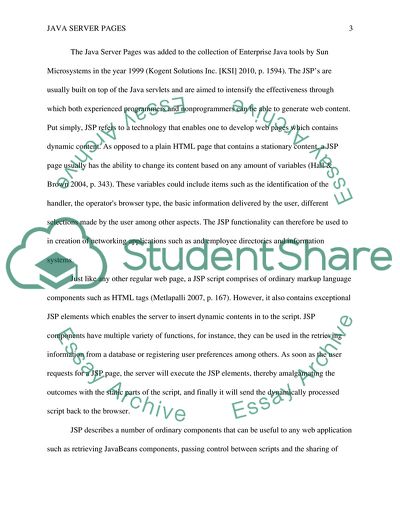Cite this document
(Java Server Pages Essay Example | Topics and Well Written Essays - 2000 words, n.d.)
Java Server Pages Essay Example | Topics and Well Written Essays - 2000 words. https://studentshare.org/systems-science/1847871-java-servers-page-coursework
Java Server Pages Essay Example | Topics and Well Written Essays - 2000 words. https://studentshare.org/systems-science/1847871-java-servers-page-coursework
(Java Server Pages Essay Example | Topics and Well Written Essays - 2000 Words)
Java Server Pages Essay Example | Topics and Well Written Essays - 2000 Words. https://studentshare.org/systems-science/1847871-java-servers-page-coursework.
Java Server Pages Essay Example | Topics and Well Written Essays - 2000 Words. https://studentshare.org/systems-science/1847871-java-servers-page-coursework.
“Java Server Pages Essay Example | Topics and Well Written Essays - 2000 Words”. https://studentshare.org/systems-science/1847871-java-servers-page-coursework.


